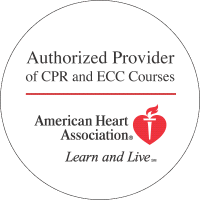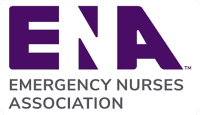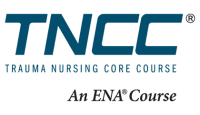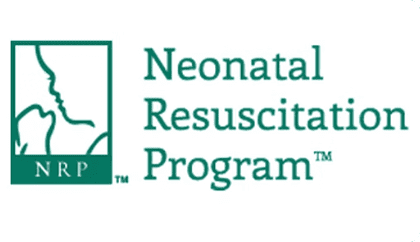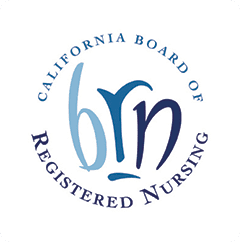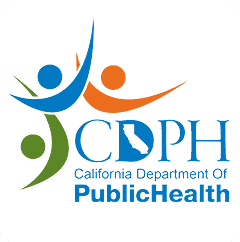PALS Certification Overview
HeartCode PALS uses a personalized adaptive algorithm that sets students on the most efficient path to PALS mastery. Students follow a continuously adapting learning path that is personalized by their own inputs: their performance and their self- reported confidence level related to each probe. The course content is presented in the form of self-directed learning content, probes, and Cognitive Assessment Activities. The student has a choice of completing a pre-hospital or in-hospital contextualized track. After completing the online portion, students will attend a structured, Instructor-led hands-on session that focuses on meaningful skills practice, debriefing, team scenarios, discussions of local protocols and skills testing. Students complete the hands-on session with a HeartCode voice-assisted manikin.
HeartCode PALS is the AHA’s PALS blended learning delivery method. Blended learning is a combination of eLearning, in which a student completes part of the course in a self-directed manner, followed by a hands-on skills session.
Part 1:
- With the new adaptive learning format, the timing for completing the online portion of HeartCode PALS can vary depending on the student’s level of experience.
- The hands-on session for HeartCode PALS will take approximately 5 hours with breaks, or 4 hours and 50 minutes without breaks
- May be used for initial or renewal PALS for Healthcare Providers Course completion.
Part 2:
- Make sure you complete the course survey at the end of the eLeaning to generate your Completion Certificate
- Upload the Completion Certificate to your portal when scheduling your skills check.
- Practice, demonstrate, and successfully complete skills testing with our voice guided manakin station to receive your PALS Provider Card on the same day
Course Content
- High-quality Child CPR AED and Infant CPR
- Recognition of patients who do and do not require immediate intervention
- Recognition of cardiopulmonary arrest early and application of CPR within 10 seconds
- Apply team dynamics
- Differentiation between respiratory distress and failure
- Early interventions for respiratory distress and failure
- Differentiation between compensated and decompensated (hypotensive) shock
- Early interventions for the treatment of shock
- Differentiation between unstable and stable patients with arrhythmias
- Clinical characteristics of instability in patients with arrhythmias
- Post–cardiac arrest management
Features
- HeartCode PALS uses a personalized adaptive algorithm that sets students on the most efficient path to PALS mastery.
- Students follow a continuously adapting learning path that is personalized by their own inputs: their performance and their self- reported confidence level related to each probing question.
- Course content is presented in the form of self-directed learning content, probes, and Cognitive Assessment Activities.
Course Completion eCard and Continuing Education
American Heart Association PALS Provider Course Completion eCard, valid for two years.

